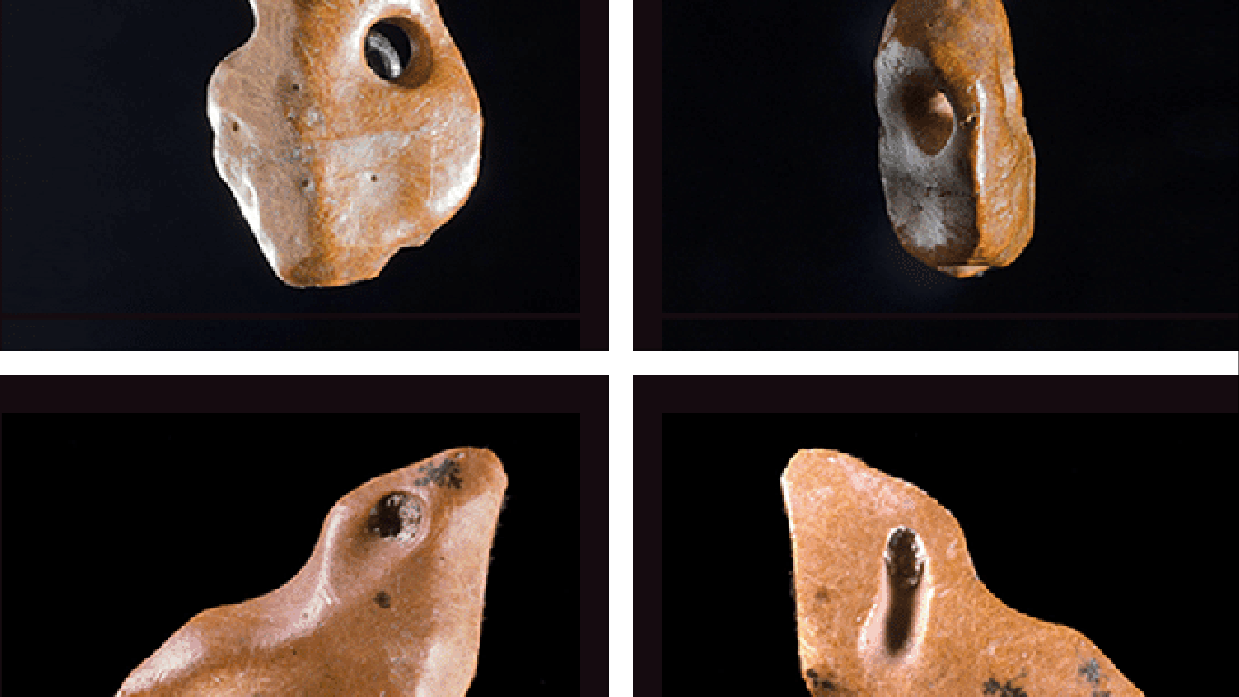Giant sloth bones prove that humans arrived in Brazil 25,000 years ago
2 min read
The Sanctuary of Santa Elena, in Mato Grosso, made a very important archaeological discovery – in the place were found the working bones of a giant sloth that could only be the work of humans, which led to the arrival of Homo sapiens in Brazil and South America 25,000 years ago, much earlier than previously thought.
The discovery included 3 osteoderms, which are bony accumulations that form a kind of protective shield on the skin of animals such as armadillos found near stone tools. According to expert analyses, each bone skin bore tiny holes that only humans could make.
Santa Elena and the Giant Sloth Refuge
The Sanctuary of Santa Elena is located in Serra das Araras and has been studied by archaeologists since 1985. In 2017, research has already shown the presence of more than 1,000 figures and signs painted on the walls of the site, as well as hundreds of stone tools and bone skins of giant sloths, With 3 of them already being the ones that indicate human activity.
The novelty of the latest study, published last Wednesday (12) in the scientific journal Proceedings of the Royal Society Biological Sciences, is the remarkable level of detail in the cut, which shows conclusively that it is extremely unlikely that the holes were created by species other than Homo sapiens.
This places human occupation of the region as having first occurred between 25,000 and 27,000 years ago, and joins the growing, if controversial, evidence that we have inhabited the continent for longer than previously thought. Other evidence is artifacts found at Toca da Tira Peia, Piauí, which date back to 22,000 years ago.
Microscopic and microscopic analyzes of the bony skin showed that both the outer part and the holes had been polished, in addition to revealing traces of notches and scratches made using stone tools. Animal bites ruled out the possibility that the holes were made by rodents. The objects are likely to serve as personal ornaments, as part of pendants, for example.
What denounces the age of the artifacts is the geological layer on which they were deposited. With this, we will be able to solidify the hypothesis that humans reached the Americas during the last Ice Age Maximum, which is the coldest part of the last Ice Age. However, there are many archaeological sites to be studied in South America, so the debate on this topic is far from over.
source: Bulletin of the Emilio Gueldi MuseumAnd AntiquityAnd Journal of Archaeological SciencesAnd PoTS Biological Sciences. PoTS Biological Sciences via Live Science

“Entrepreneur. Music enthusiast. Lifelong communicator. General coffee aficionado. Internet scholar.”

:strip_icc()/s04.video.glbimg.com/x720/11792055.jpg)

:strip_icc()/s03.video.glbimg.com/x720/11786998.jpg)



